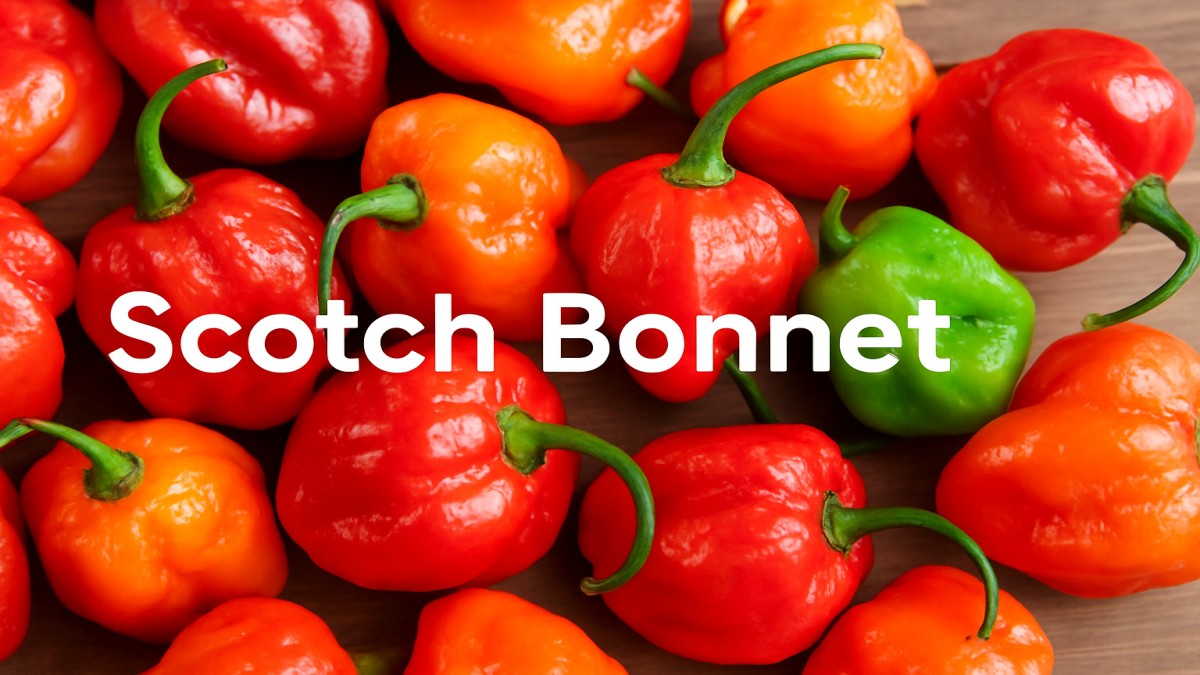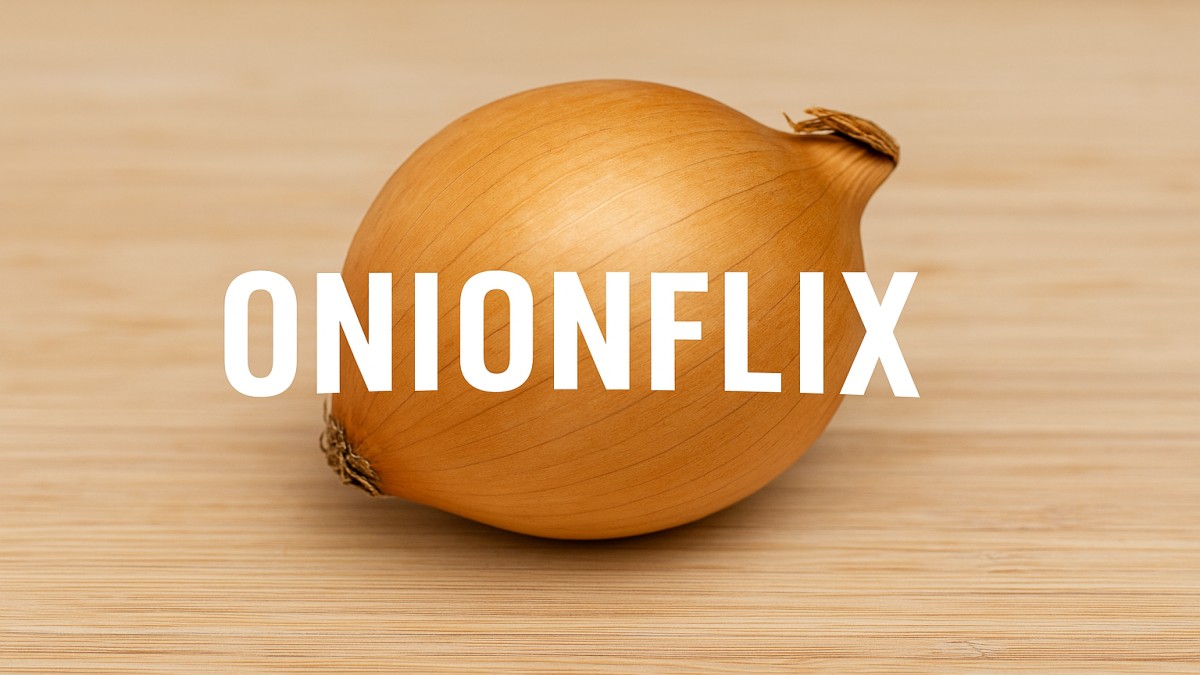others
Scotch Bonnet: The Fiery Flavor Bomb You’ll Learn to Love

Introduction
If you’ve ever dived into Caribbean cuisine, chances are you’ve already met the fiery little pepper known as the Scotch Bonnet. This spicy, sun-colored dynamo is more than just a heat source it’s a cultural icon, a culinary treasure, and a flavor explosion you won’t forget.
History and Origins
The Scotch Bonnet is native to the Caribbean islands, particularly Jamaica, where it’s considered an essential ingredient in traditional dishes. Its name? It comes from its resemblance to the Scottish tam o’ shanter bonnet—a little hat with a rounded top and a fringe.
This pepper isn’t just about spice—it’s steeped in heritage, tradition, and flavor. It’s a pepper that tells a story with every bite.
Physical Characteristics
Scotch Bonnet peppers are typically:
- 1–2.5 inches in diameter
- Shaped like a squashed pumpkin or a chubby bonnet
- Colors range from bright yellow to orange to deep red
They’re often confused with habaneros, but Scotch Bonnets have a slightly rounder shape and a more tropical flavor.
The Heat Factor
Let’s talk Scoville Heat Units (SHU). Scotch Bonnet peppers clock in at 100,000 to 350,000 SHU. That’s:
- 10–40x hotter than a jalapeño
- Comparable to a habanero
If you’re new to spicy foods, handle with care—but don’t be intimidated. The heat comes with layers of flavor.
Flavor Profile
Despite the intense heat, the Scotch Bonnet has a surprisingly sweet and fruity flavor. Some describe it as:
- Tropical and slightly tangy
- With hints of apple, cherry, and tomato
This makes it perfect for sauces, soups, and stews where you want flavor complexity, not just heat.
Culinary Uses
Caribbean Cuisine Staple
If there’s one place where Scotch Bonnet reigns supreme, it’s the Caribbean kitchen:
- Jerk chicken or pork
- Pepper shrimp
- Rice and peas
The pepper is used fresh, pickled, and blended into seasoning pastes and sauces.
International Dishes
Scotch Bonnet also finds its way into:
- West African soups and stews
- Latin American sauces
- Gourmet fusion dishes across the globe
Scotch Bonnet Hot Sauce Recipe
Ingredients:
- 6 fresh Scotch Bonnets
- 2 garlic cloves
- ½ cup white vinegar
- 1 tsp salt
- Optional: fruit (like mango or pineapple) for sweetness
Blend all ingredients, simmer for 5 minutes, cool, and store. Boom—you’ve got fire in a bottle!
Health Benefits
Yes, it’s hot—but it’s also super healthy:
- Vitamin A and C powerhouse
- Boosts immunity and metabolism
- Contains capsaicin, a natural pain reliever and anti-inflammatory
Eat in moderation, and you’ve got yourself a spicy health ally.
Growing Scotch Bonnet Peppers
Ideal Climate
These peppers love warm, tropical environments, but they can be grown in greenhouses or indoors with the right lighting and humidity.
🪴 Growing Guide
- Start from seeds indoors 8–10 weeks before the last frost
- Use well-draining soil
- Transplant to garden or pots in full sun
- Water regularly—but don’t overdo it
- Harvest in 90–120 days
Handling and Safety Tips
- Always wear gloves when chopping
- Avoid touching your eyes or face
- Wash hands thoroughly, or use vinegar to neutralize capsaicin
Buying and Storing
You can find Scotch Bonnets:
- Fresh in Caribbean markets or specialty stores
- Dried or pickled online
Store fresh peppers in the fridge for up to 2 weeks
Freeze for long-term use
Dry and grind for spice blends
Scotch Bonnet vs. Habanero
| Pepper | SHU Range | Flavor Profile |
|---|---|---|
| Scotch Bonnet | 100K–350K | Fruity, tropical |
| Habanero | 100K–350K | More citrusy, sharper |
While they share heat levels, Scotch Bonnets have a smoother, fruitier flavor. Many Caribbean chefs swear by them.
Conclusion
The Scotch Bonnet is more than just a hot pepper—it’s a cultural symbol, a flavor enhancer, and a health booster. Whether you’re cooking Caribbean jerk, spicing up your stew, or making your own hot sauce, this little pepper packs a punch. So next time you see one, don’t fear it—embrace it. Your taste buds will thank you.
FAQs
1. What dishes can I cook with Scotch Bonnet?
Try jerk chicken, pepper shrimp, Caribbean stews, or homemade hot sauce.
2. Is Scotch Bonnet the hottest pepper?
Not even close! Carolina Reaper and Ghost Pepper are hotter. But Scotch Bonnet is prized for flavor.
3. Can kids eat Scotch Bonnet?
Only if they can handle heat! Use sparingly and blend with milder flavors.
4. How long does it take to grow?
Expect a harvest in about 3 to 4 months from planting.
5. Can I dry and store Scotch Bonnet at home?
Absolutely. Use a dehydrator or hang-dry, then store in airtight containers.

 entertainment2 months ago
entertainment2 months agoOnionFlix: Everything You Need to Know About This Streaming Website

 others23 hours ago
others23 hours agoNook vs Kindle: Which E-Reader Is Right for You?

 education4 weeks ago
education4 weeks agoHow to Become a Software Engineer: A Complete Guide

 gaming2 months ago
gaming2 months agoMelisandre: The Enigmatic Priestess of Game of Thrones

















